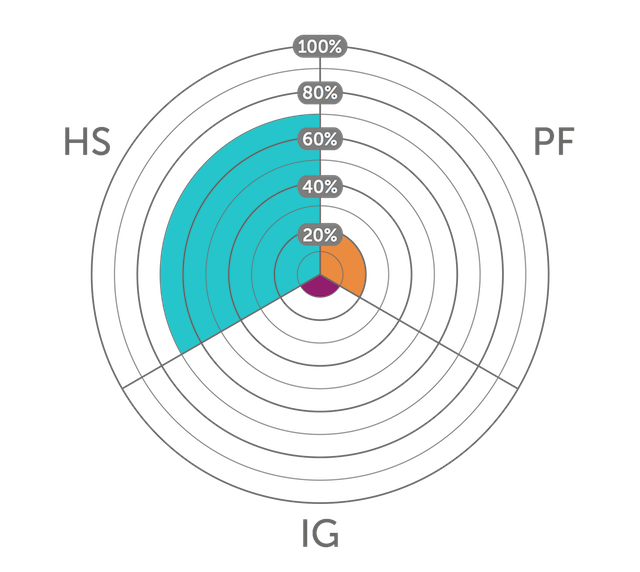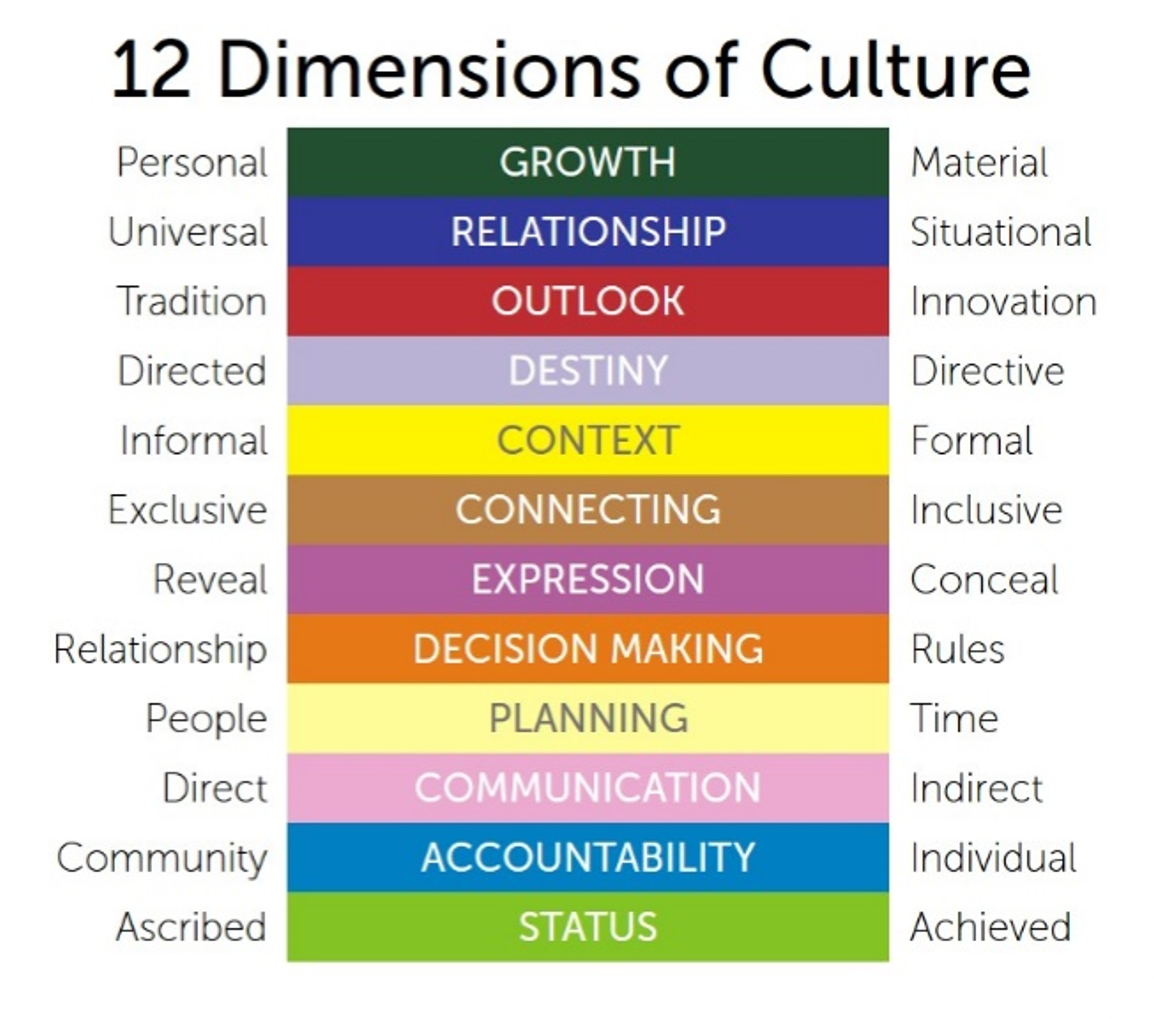For our final Three Colors of Worldview case study, we'll consider an approach to implementing IT projects that wasted millions of dollars because its blueprinting process wasn't tailored for an intercultural context. After KnowledgeWorkx worked with technical consultants at a large company to create a better process, they were able to interpret inputs from people with different Colors of Worldview and operate more efficiently.
Intercultural Mistakes Cost Money and Time
A couple of years ago, one of the larger trading houses in the Gulf region spent 10's of millions of dollars more than they needed to on an SAP implementation. This happened because their initial blueprinting process wasn’t designed with intercultural diversity in mind, and put out a totally inaccurate view of the company’s workflows and processes. They had to walk away from a standard implementation and modify the entire process, which makes a project extremely costly and difficult to manage from a user acceptance point of view.
Your Technical Consultants have to be Interculturally Intelligent Too
We worked with another large multinational firm in the same region on the change management side of a similar IT implementation; one that would impact thousands of people and cost a lot of money. When implementing a project like this, the first step that technical consultants like SAP and Oracle take is to map out the processes that the company already uses to get things done through interviews, work-flow diagrams, group discussions, etc. However we warned them that they could not assume that the information they obtained using their classical methodology would be correct.
What the technical teams didn’t know at the time was that in more Honor/Shame or more Power/Fear oriented environments, there is a much wider variety in answers, because the “right” answer might not be the most honorable answer, or the answer that will enhance a person’s power base, depending on the culture of the people involved.
The Interculturally Intelligent Approach
It turned out the technical consultants had never considered this problem, so we designed a new project phase that would trip additional verification processes if certain conditions were met. We also developed a system to ensure that interviewers could navigate responses that were coming from different points on the Three Colors of Worldview scale, and verify that the steps someone reported as necessary to complete a task were the actual steps that everybody else followed as well.
The difference between the answers that they got using their original system and the answers they got using our inter-culturally intelligent system was a shock for the technical team. They had assumed that the people involved in the process would want to volunteer the right answer, but they didn’t realize that there could be a big difference between the right answer from an IT implementation point of view and the right answer from a cultural point of view.
Extra Verification Led to Cost Savings and Smoother Transitions
If we had gone into blueprinting without designing those extra verification stages, we never would have obtained a vanilla implementation of the project. Because of the inter-culturally intelligent logic we put into the information gathering processes, the technical consultants were able to get to a set of workflow diagrams that represented what actually went on in the organization. That led to big cost savings versus the many companies in the region who did not integrate inter-cultural intelligence into their IT projects.
Conclusion
This email series has dug into a few of the dimensions of business where the Three Colors of Worldview can make a night and day difference. If you are a team leader, manager, executive or coach in an intercultural environment, you can't afford to operate without Inter-Cultural Intelligence. Continue your journey by exploring our other offerings below.
* Original from KnowledgeWorkx
- Log in to post comments






